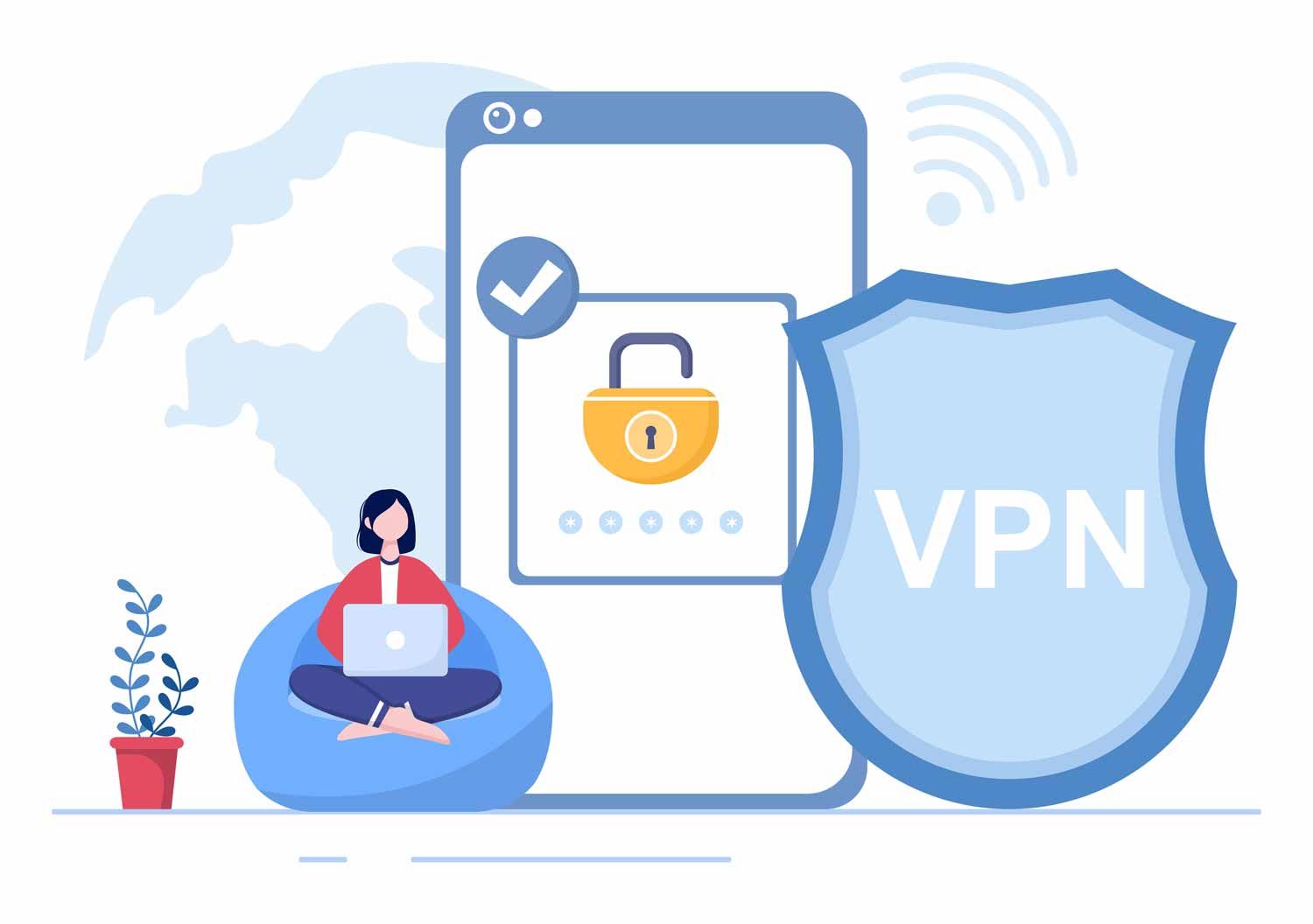Tie downs sales are a conventional technique implemented as early as the 1970s, serving as a key component of the everyday sales staff’s “toolkit.” These are also called “tie-down closes” or questions a salesperson poses at the end of their statement to provoke a positive response.
A critical component of a sales process is having a leading conversation with the prospective client that includes open-ended questions. A conversation that’s merely you making random statements can potentially push a prospect away, leaving you without a sale.
Thus the initiation of the tie-down sales technique where the salesperson starts with a statement but ends on a question that requires the individual to answer with a “yes.” It can construe as Clickfunnels in the sense that it generates a lead that will potentially convert into a sale.
The primary goal is to involve a potential consumer in an engaging conversation where they’re agreeable to the statements and questions you pose and then end on a question that essentially they have no other answer except to respond positively or accept the sale.
Let’s look more closely at some examples of the tie-down technique and see how this method can be used effectively in today’s sales market without appearing too much like a sales tactic. When people are approached this way nowadays, most are turned off, so it’s curious how it works today.
How Do Tie Down Sales Work On The Market Today
Tie-down techniques were influential in the market in the 1970s and 80s, with sales staff engaging prospective clients in conversations where the consumer could only agree with each comment and question to the point of saying yes to the sale with the final question. Some examples of the end question that captured the sale include:
- “You would like that, wouldn’t you”
- “Are you with me so far”
- “Yes, that’s an awesome feature, isn’t it”
- “You see what I mean, don’t you”
- “That sounds fantastic, doesn’t it”
- “You would surely use that, wouldn’t you”
- “Having it this way would be ideal for you, wouldn’t it”
- “That color is perfect for you, isn’t it”
- “The living room is huge, isn’t it”
The idea behind the technique is to encourage agreeable context and then ask a question that you know they’ll need to say “yes” to. But will this method still work in society today, with people being a bit more skeptical? They do.
But there is a process to using these to ensure they’re effective with the demographic in the modern market. As with any marketing technique, ideas need to evolve with time.
What worked decades ago will need tweaks and improvements as time goes on to continue to hold water with an audience that grows wise to your methods.
Find out how salespeople can close deals faster at https://www.inc.com/harvey-mackay/2-words-close-deals-faster.html. Let’s look at what could be a little bit different now from back then.
● People avoid the shady salesperson
With some of the questions posed above, you can sort of feel the premise of an old movie when used cars were being sold, and the character was using schtick. People today would walk away from that person. It’s essential to pay attention to the way you address prospects; that means avoiding shady sales talk.
While the agreeable conversation and the end question that requires an affirmative response make sense, there needs to be a better approach that doesn’t come across as so obvious or that you’re trying to make a sale. Some more subtle strategies could include:
- “As a recap – I recall you saying your family is expanding and you need a larger home. Would you prefer I show you our variety of homes with more bedrooms”
- Closing sales has become a crucial learning experience for you. Would you mind if I taught you more about closing deals”
- “(Periodic use) – Does that make sense”
Open-ended, deep-seated questions bring a captivating element to the conversation and grab the prospect’s attention while also eliciting a positive response to your inquiry. You have no doubt the answer will be a “yes” because they’ve already provided the necessary details throughout the conversation.
You’re showing them you’ve been actively listening and that the information has had an impact on you; there’s a level of importance surrounding their information.
● Getting a “yes” is not what it’s all about
The second thing that has evolved beyond the 1970s and 80s is that it’s not all about getting the prospect to give you the “yes.” The goal is to establish belief with the person. Nowadays, sales involve engaging individuals in a positive conversation, finding their pain points, and providing solutions to their needs.
In order for a sale to transpire, the person needs to develop a belief that they have a need requiring a resolution for the pain.
In asking questions that elicit agreement, the individual accepts or believes what you believe. In acquiring this result, it will require asking intense questions to find out where there are concerns.
After establishing the concerns, speak these back but respond to the individual with a question. The idea is to receive “micro agreements” as the conversation progresses, changing their belief to coincide with what you hope they believe, culminating in the sale. Go here for guidance on sales funnel and which are most suitable for your business.
Final Thought
While the tie-down techniques from the 1970s and 80s might have been super effective back in that era, today, those same methods would come across as overly invasive, with most people being skeptical of the approach.
They may not have appeared to be at the time, but in today’s world, these are apparent pushy and aggressive sales tactics.
Today’s more subtle tie-down techniques are essentially engaging in a conversation to resolve a potential concern the client could be undertaking. The methodology encourages a belief that there’s a straightforward solution for that pain point and brings the client to that way of thinking, resulting in a sale.









